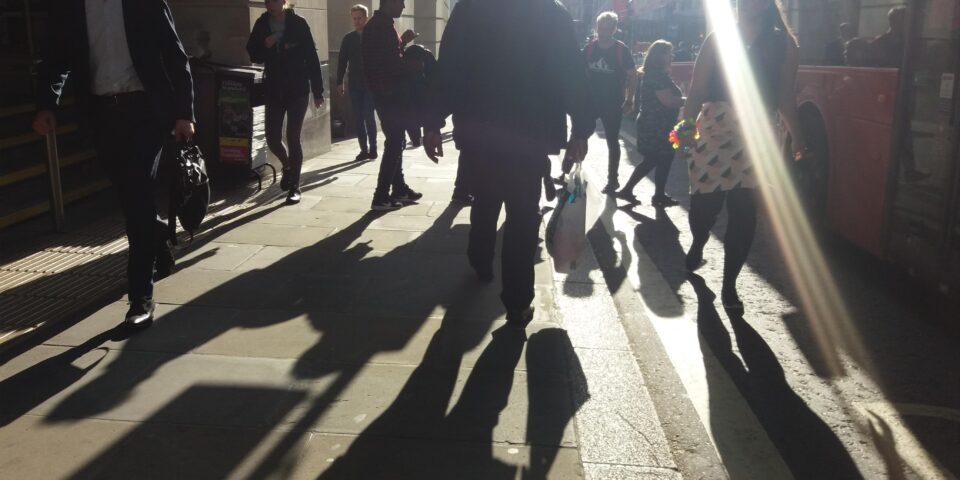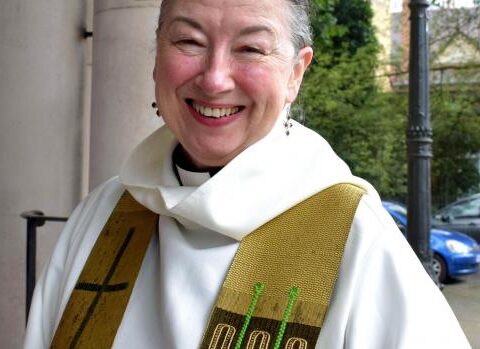As part of the Diocesan ‘Way of Life’ framework for whole life discipleship, there are three postures: Stay with God, Share the Journey and Serve the World.
In an occasional new series, we’re asking people in ministry to give their reflections on “Serve the World” and how it links with the other postures.
This reflection comes from Revd Caroline Shuttleworth, Stepney Area Way of Life Enabler and Spiritual Director. It is gratefully reproduced, based on reflection she prepared for a church quiet day.
Look Busy?
I have a confession to make. Sometimes when I think of service, of social activism, of mission and mission action plans, I can come over all tired!
I want to be used by God, be part of the change serving the renewal of the church and serving the Kingdom of God in our world. I want to join in to make a difference. But my heart can sometimes feel heavy with the immensity of the task and the great needs even in my own neighbourhood, let alone the world. There can be a great pressure on Christians to be very active.
Or, as the jokey T shirt goes, ‘Jesus is coming, Look busy’.
Yet, sometimes, projects that ought to succeed don’t always work out, they run out of steam. Perhaps they feel burdensome and anxiety provoking. When it feels like that, it can be hard to see the healing or the Good News.
Service as part of a “Way of Life”
How do we become a missional people, a compassionate community, looking outwards showing the love of Christ in serving the world? What enables this love in action to be sustainable? The Way of Life framework, designed to help churches discern their calling and their DNA, may well have wisdom here for me and anyone else who might feel the same.
There are three movements of discipleship:
Firstly Staying with God in prayer.
Secondly Sharing the Journey with others.
Thirdly, Serving our World, looking outwards from our church community to serve others.
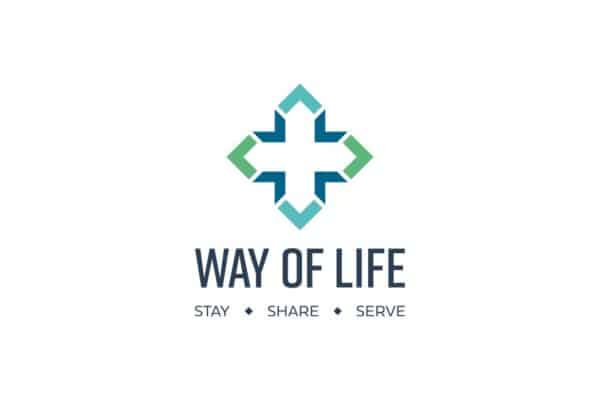
This passage in Luke illustrates it so beautifully:
12 Now during those days he went out to the mountain to pray; and he spent the night in prayer to God. (Movement 1: Staying with God.)
13 And when day came, he called his disciples and chose twelve of them, whom he also named apostles: 14 Simon, whom he named Peter, and his brother Andrew, and James, and John, and Philip, and Bartholomew, 15 and Matthew, and Thomas, and James son of Alphaeus, and Simon, who was called the Zealot, 16 and Judas son of James, and Judas Iscariot, who became a traitor. (Movement 2: Sharing the Journey)
17 He came down with them and stood on a level place, with a great crowd of his disciples and a great multitude of people from all Judea, Jerusalem, and the coast of Tyre and Sidon. 18 They had come to hear him and to be healed of their diseases; and those who were troubled with unclean spirits were cured. 19 And all in the crowd were trying to touch him, for power came out from him and healed all of them. (Movement 3: Serving the World)
Luke 6: 12-19
In the passage from Luke Jesus goes to the mountain to pray alone. Then he chooses twelve of his followers, to accompany him, and then he comes down, with the twelve, to a great crowd.
But this isn’t just any great crowd; they have come from all over, from rural Judea, from inner city Jerusalem, and from Tyre, a gentile people with a long and sometimes difficult relationship with the Jews. All sorts are attracted to Jesus longing for help and in this passage he heals all of them. At the heart of this account is the compassion for those beyond the immediate group, the wider community whose names we may not know, and with whom we might at first feel little connection or common ground.
Serving the world, serving our neighbourhood
Our city is the most extraordinary and surprising place isn’t it? Yet we also know it is a place of contrasts, adescribed even as ‘distant neighbours’ (as the Cripplegate Foundation puts it).
I used to be a minister in Islington; a borough demonstrating such contrasts. I can tell you that the joys of Islington are genuine, a place where you can eat wonderfully well, yet it is also a place of hunger and not just for food. Sometimes fear and need, shame and loneliness are hiding in plain sight or simply out of sight.
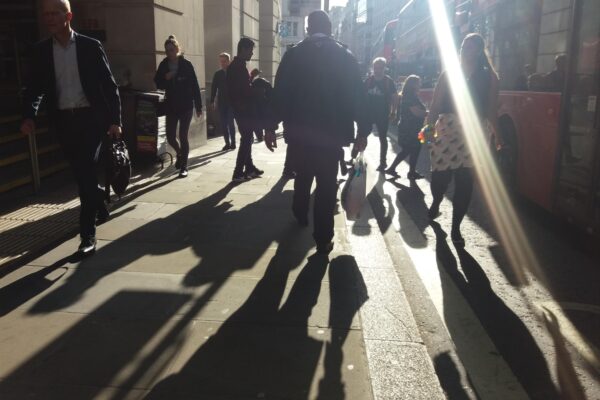
Becoming a “Compassionate Community” is about being alongside, daring to be aware mind, body and soul of the suffering in our midst. Bishop Graham Tomlin puts it this way: Every time someone experiences compassion, they touch the hem of the garment of Christ.’
What the crowd in Luke have in common is hope in the healing love of Jesus. The gospels do us a favour in showing the disciples of Jesus as real people. And we sometimes learn that the disciples get frustrated with the crowds, and sometimes try and send them away, as if compassion has run out. It can be hard to be alongside and witness suffering.
Poet Malcolm Guite writes in his sonnet (Simon of Cyrene carries the cross):
In desperation on this road of tears
Bystanders and bypassers turn away
In other’s pain we face our own worst fears
And turn our backs to keep those fears at bay.
Of course it can sometimes be easier to see the need out there, rather than in here. More Us and Them. And yet in our discipleship journey we are called to dare to become aware of our own hopes and fears, to receive and bear witness to our own healing, and to discover the common ground with our neighbours. In recognising that we are accepted, forgiven and loved we in turn can accept, forgive and love others in a new way, and that love becoming love in action.
Richard Carter puts it like this (The City is my Monastery):
‘we discover that we can through the Holy Spirit, become Christ’s body – his hands, his feet, his heart. Ours is a call to live the gospel with our lives.’
Service flows from intimacy
There is a reason why serve our world is the ‘Third Movement’. it flows from Movement One and Movement Two, from the intimacy of prayer and then the intimacy of community.
Serving our World is a movement that flows out of the discernment that can open up and out from the honest time that we have spent with God and with our church community.
We might say, “but what is there to discern, the need is great, it’s obvious what we should do, let’s get on, how else can change happen?”
The attraction of being active and dynamic can be considerable. Yet if we focus so much on what God can do through us, we might miss what God is doing within us, forming Christlikeness in us as individuals and as a community. We may even imagine God will only use what is going right in our life, but we’d be wrong. Think of those closest to Jesus! Through all the everyday experiences of our community life, even disagreement and irritation, loss and disappointment, weariness and grief, God may be using those experiences to help shape us into the image of Jesus, to work through us to be healers to our neighbours. To be a compassionate community to others, but crucially to ourselves also.
And there is something for us to grapple with about mission. God is a missional God, a sending God, sending His son to us to dwell in our neighbourhood. An oft-used phrase reminds us ‘It is not the Church of God that has a mission in the world but the God of mission that has a Church in the world’ (Mission Shaped Church from Graham Cray et al) and the focus of that Church is therefore to “find out what God is doing and join in”.
But how on earth do we discern what the God of Surprises is actually up to, the God who has such a history of working through unexpected people in some very strange ways? To discern and recognise how this mysterious God is working flows, overflows, from prayer and contemplation of God’s love for our world. And our mission action may even be more like “getting ourselves out of the way” of God, rather than feeling it is somehow still up to us and our personal efforts. We are being invited rather to discover where God is already at work in our neighbourhoods, and has been there all along, and maybe where we least expect it.
Becoming acquainted and engaged with God’s ways and mission, through prayer and community, is a long-term process of formation/transformation in our discipleship.
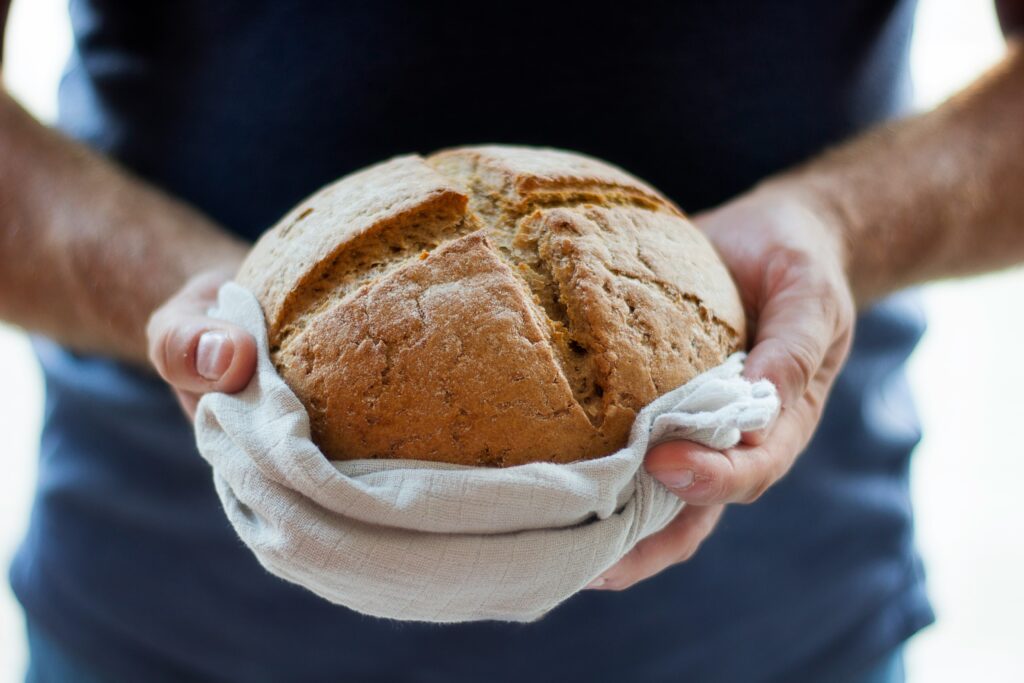
Becoming ‘bread for a hungering world’
Prayer flows into Community which flows into Serving. And these movements are drawn together when we celebrate the Eucharist and perhaps even without realising we are being slowly, quietly changed by our participation. We serve because we are first served and have received. We feed because we have been fed.
The prayer we might say after communion expresses it well, as we ready ourselves to receive God’s blessing before going out into the world: “may we who share Christ’s body live his risen life; we who drink his cup bring life to others; we whom the Spirit lights give light to the world.”
We hear the same thought in the poem ‘And the Table Will be Wide’ by Jan Richardson:
And we will become bread for a hungering world.
And we will become drink for those who thirst.
And the blessed will become the blessing.
And everywhere will be the feast.
The sacrament of communion is also an expression of our relationship around and beyond the table, that we are all welcome guests and called to recognise each other, both in church and outside as desired and welcomed by God.
I find it helpful to remember that the first communion, Christ’s Last Supper, came not as the culmination of things going well, but when God’s mission was at its most vulnerable and divided; when the disciples are afraid, feeling discouraged and some are losing faith.
When they don’t as yet know what the future will bring they are to keep receiving and remembering in order to be transformed and re-membered into the body of Christ through bread and wine.
Conclusion
John Bell puts it beautifully in the song The Touching Place (John Bell and Graham Maule):
To the lost, Christ shows his face,
to the unloved, he gives his embrace,
to those who cry in pain or disgrace
Christ makes, with his friends a touching place.
It’s been said that the ‘church serving the world is like a living parable’.
What is the Kingdom like? It’s like yeast, like a mustard seed, like a pearl…. what about the Kingdom of God in your own parish or neighbourhood?
Come and see, and you’ll understand what the Kingdom is like. You’ll get a glimpse, a taste, a feel of God’s healing love!
